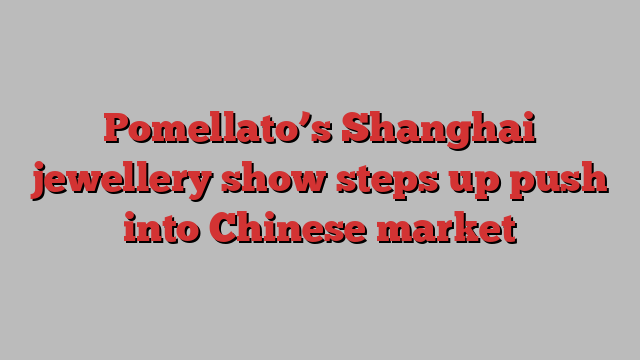
Unlock the Editor’s Digest for free
Roula Khalaf, Editor of the FT, selects her favourite stories in this weekly newsletter.
On November 3, Milanese jeweller Pomellato will open its archives to the public as it has never done before with Art & Jewelry. The exhibition, taking place at Shanghai’s Fosun Foundation, will feature over 100 pieces of archival and current jewels, alongside the house’s historic advertising campaigns shot by leading fashion photographers from the 1970s to 1990s.
The show means that Pomellato joins household names such as Cartier and Tiffany & Co in hosting retrospectives that highlight craftsmanship and history. At just under 60 years old, Pomellato is a niche and especially young player in the jewellery world.
The brand “is relatively small in the rear-view mirrors of the big guys”, says Erwan Rambourg, global head of consumer and retail research at HSBC. An initiative such as Art & Jewelry can be pivotal in building brand recognition.
“Luxury jewellery is mostly seen as an investment, so any association with big markers of history are quite important,” Rambourg adds. “This is about trying to be very memorable and developing awareness.”
Pomellato’s choice of Shanghai channels the jeweller’s ambitions to build the brand in China. Since 2020, the house has been increasing its retail presence in the country, growing from a handful of outlets and private trunk shows to 14 points of sale.
When Pomellato was launched in the late 1960s in Milan, founder Pino Rabolini sought to attract modern, young women with his wearable, everyday designs (today, the brand’s starting price of just over £1,000 remains accessible compared with most jewellery prices). Chief executive Sabina Belli hopes that the exhibition will resonate with women today who desire the same things — autonomy, financial independence and significant participation in the workforce, among them — with the Pomellato brand speaking to women who are increasingly buying for themselves.
“Pomellato was born to match this new wave of femininity [in the 1960s],” says Belli, herself among the few female CEOs in the sector. “Other brands with centuries of history can tell beautiful anecdotes and stories from the very glamorous times of kings and emperors. Pomellato can’t. We wanted to tell our founder’s story from 1967, which was to create a brand that matched the needs and desires of a very contemporary woman.”
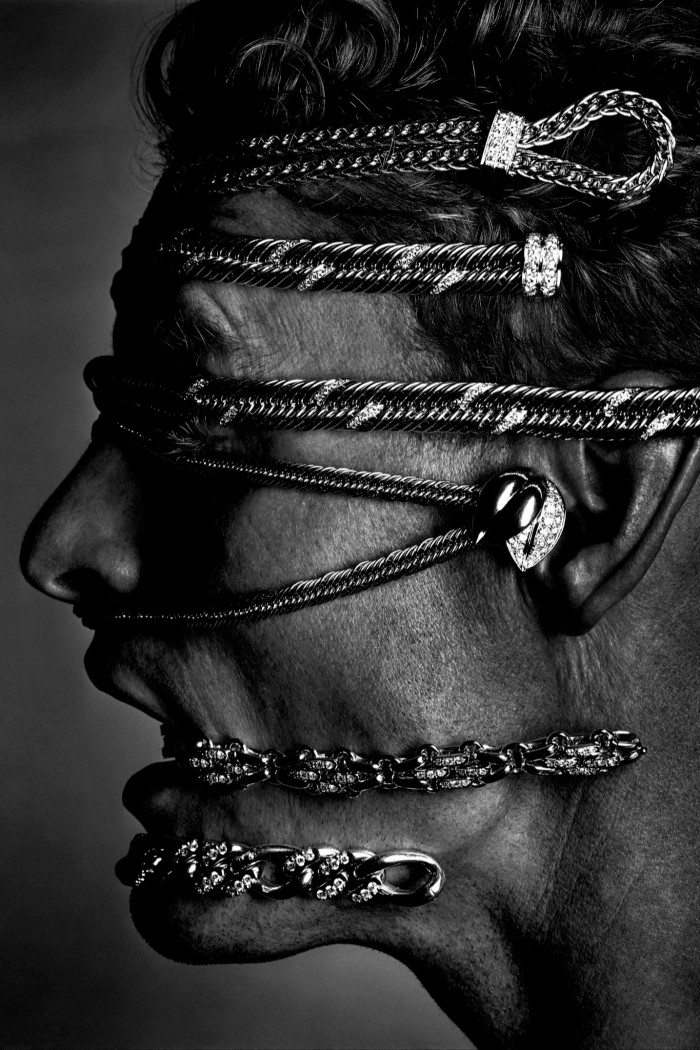
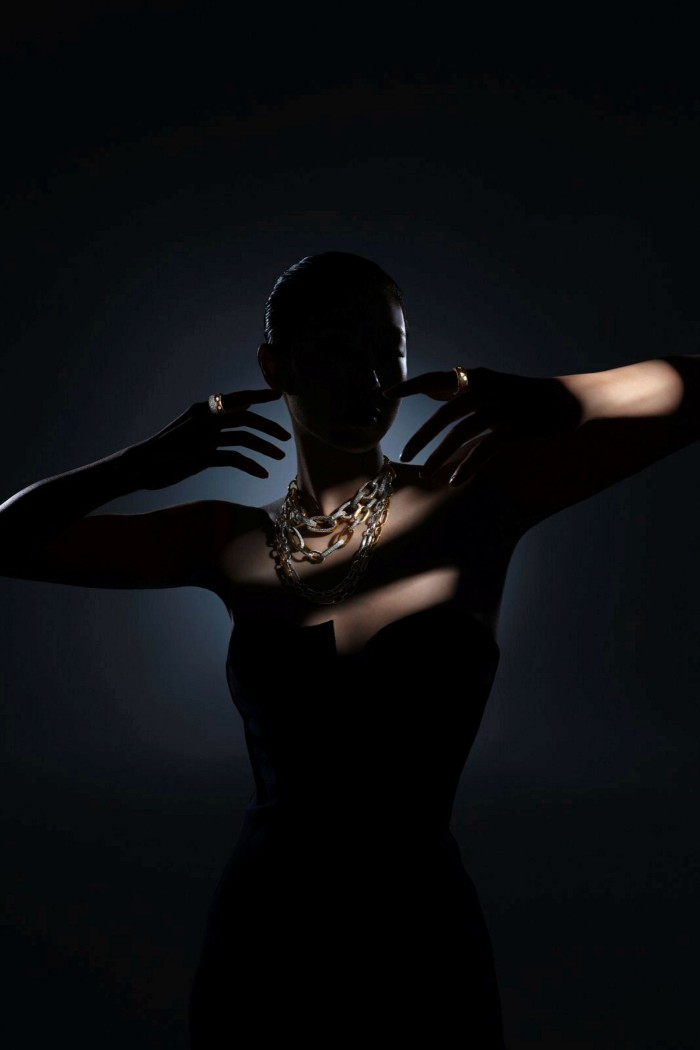
Jewellery is seen as one of the more resilient categories in luxury. In October, Pomellato’s parent company Kering posted a 16 per cent drop in third-quarter sales. The group, which also owns Parisian jeweller Boucheron, said that its jewellery maisons “were more resilient but not fully immune to the overall regional trend. Kering remains impacted by its exposure to China.” For the first half of the year, Kering reported that both jewellery brands had achieved double-digit growth.
“There aren’t that many successes to talk to at Kering, so it’s good PR at the group level that those brands are doing relatively well,” says Rambourg.
Curated by Alba Cappellieri, head of jewellery design at Politecnico di Milano, the exhibition is set over three chapters from the 1970s to 1990s, each decade personified by a house design code: chains, coloured gemstones and generous volumes.
Accompanying each theme are Pomellato’s advertising images, which broke with the traditional jewellery ads of those decades. Collaborating with top fashion photographers — Gian Paolo Barbieri, Michel Comte, Lord Snowdon, Horst P Horst among them — Pomellato’s campaigns intertwined art, fashion and jewellery, resembling the editorial content found inside influential fashion titles such as Vogue.
“Jewellery advertising of those eras was mostly very romantic: a monument, a pack shot and bridal kind of messaging,” says Boris Barboni, Pomellato’s chief marketing and product officer. In contrast, Pomellato’s adverts were edgy and experimental. Cue Barbieri’s suggestive black-and-white image of two twin models wearing gold chokers. Or Albert Watson’s 1980s portrait featuring one of the first male models in a jewellery campaign, the man’s face subversively bound by Pomellato chains.
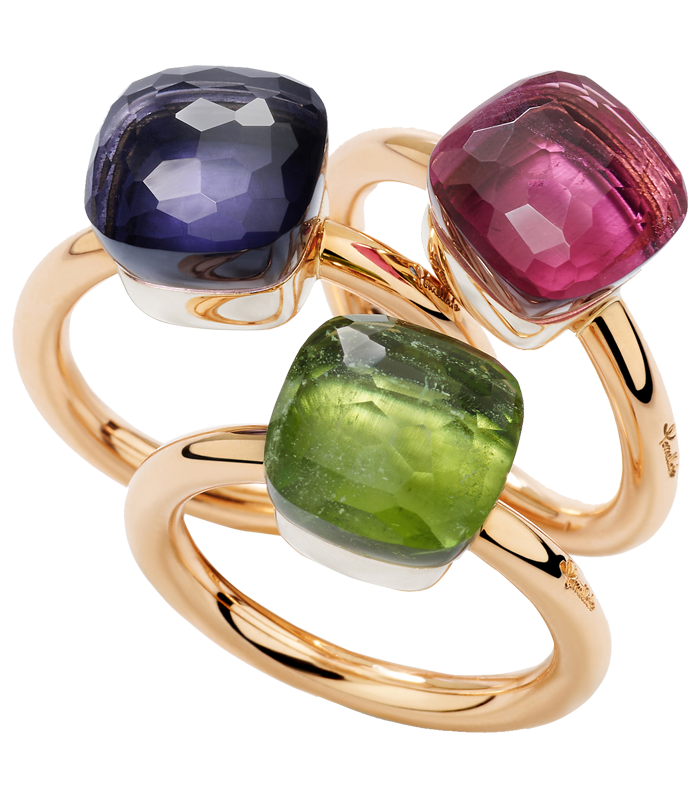
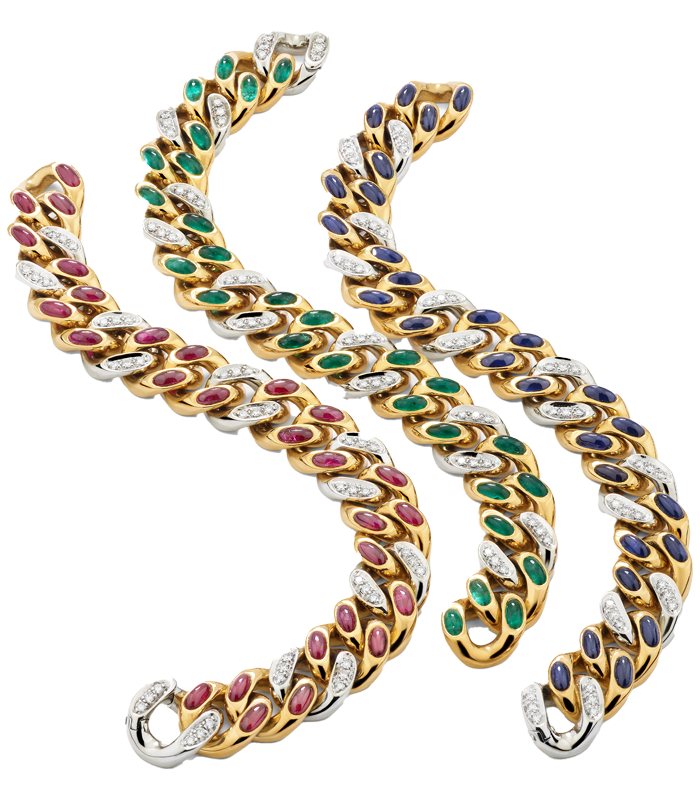
The exhibition culminates in two new Pomellato-commissioned installations. The renowned Chinese fashion photographer and artist Chen Man, who has produced campaigns for brands including Dior and Adidas, presents a series of artistic images that echo Pomellato’s auteur photography of the past. Meanwhile, Milanese artists Alberto Maria Colombo and Anna Paladini have created a series of AI-generated portraits, produced from descriptions and key words that define the Pomellato woman. The pieces are an exercise in creativity as much an attempt to highlight the brand’s embrace of the avant-garde.
The exhibition will also be a chance to present about 70 high jewellery pieces to select VIP clients during a private viewing. (High jewellery is the ne plus ultra of the category, featuring one-off jewels often set with standout, high-value stones.)
Rambourg’s outlook for Asia remains bleak, echoing last month’s financial results at luxury houses such as Kering and LVMH. Belli, however, is optimistic. Chinese consumers’ taste for aesthetics, luxury and quality, she says, will see “a very strong proximity between our brand and the Chinese consumers.” An exhibition like this should only continue to cement that bond.
‘Art & Jewelry’ runs from November 3 to 24 at Fosun Art Foundation in Shanghai
Sign up for Fashion Matters, your weekly newsletter with the latest stories in style. Follow @financialtimesfashion on Instagram and subscribe to our podcast Life & Art wherever you listen